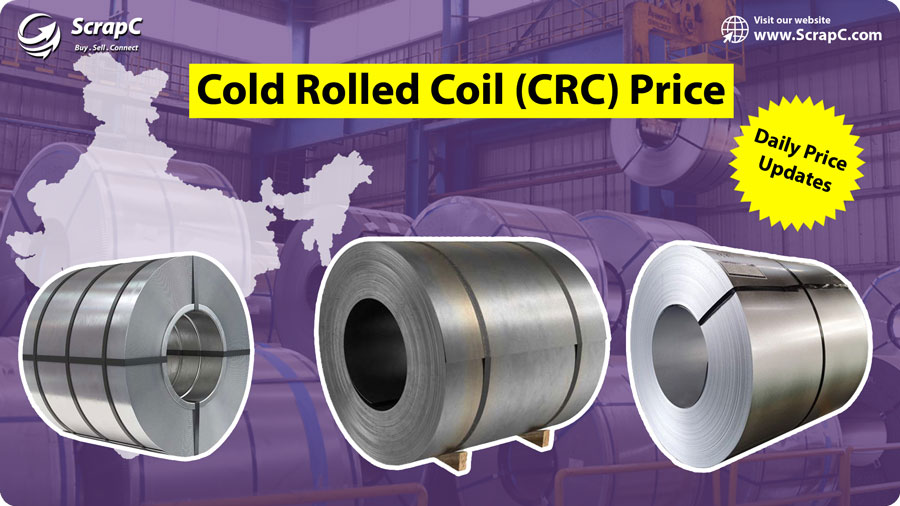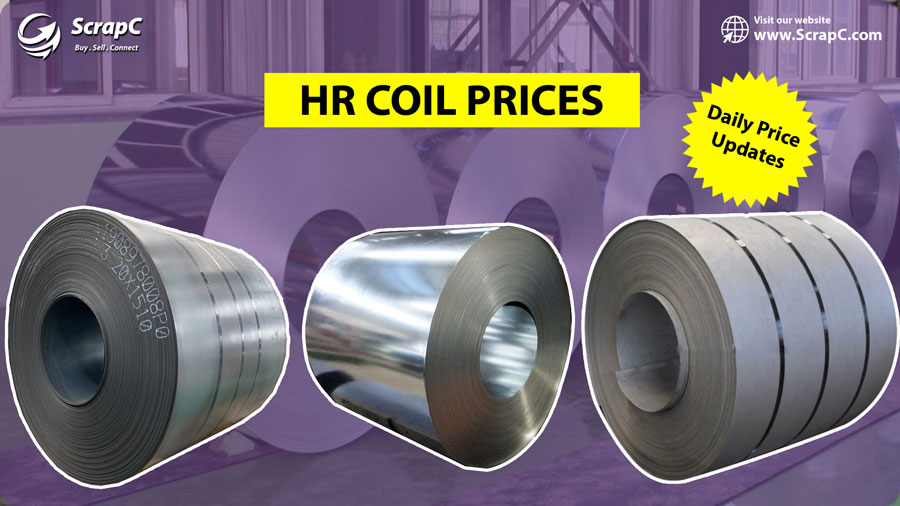Introduction
In today’s world, where concerns about environmental sustainability are on the rise, the zero-emissions automobile industry has gained significant attention. The industry focuses on developing vehicles that emit zero or minimal greenhouse gases, thereby reducing the impact on the environment. Central to this industry are the principles of reduce, reuse, and recycle, which aim to minimize waste and promote sustainable practices. This comprehensive article delves into the concept of reduce, reuse, and recycle, and sheds light on the zero-emissions automobile industry.
Reduce, Reuse, and Recycle: Explained
What is Reduce?
Reducing is the practice of minimizing the consumption of resources, energy, and materials to decrease waste production. It involves making conscious choices to limit unnecessary purchases and opt for sustainable alternatives. By reducing our consumption, we can reduce the strain on natural resources and minimize environmental degradation.
What is Reuse?
Reusing involves utilizing items multiple times instead of disposing of them after a single use. It encourages the extension of a product’s lifecycle and reduces the demand for new resources. By reusing products, we can conserve energy, reduce pollution, and mitigate the accumulation of waste in landfills.
What is Recycle?
Recycling is the process of converting waste materials into new products to prevent them from ending up in landfills. It involves collecting, sorting, processing, and manufacturing recycled materials into usable items. Recycling not only reduces waste but also conserves natural resources and reduces energy consumption.
The Zero-Emissions Automobile Industry: An Overview
Understanding Zero-Emissions Vehicles
Zero-emissions vehicles (ZEVs) refer to automobiles that produce zero tailpipe emissions when driven. These vehicles operate on alternative fuels or use electric power sources, such as batteries or hydrogen fuel cells. ZEVs offer a sustainable transportation solution by reducing greenhouse gas emissions and decreasing dependence on fossil fuels.
The Importance of Zero-Emissions Automobiles
The zero-emissions automobile industry plays a crucial role in combating climate change and reducing air pollution. As traditional internal combustion engine vehicles contribute significantly to global warming and air pollution, transitioning to zero-emissions vehicles is imperative for a sustainable future. These eco-friendly vehicles help reduce greenhouse gas emissions, improve air quality, and promote energy efficiency.
Advancements in the Zero-Emissions Automobile Industry
Electric Vehicles: A Key Player
Electric vehicles (EVs) have emerged as a prominent category within the zero-emissions automobile industry. These vehicles rely on electric motors powered by rechargeable batteries and do not emit tailpipe pollutants. With ongoing advancements in battery technology and charging infrastructure, EVs have become increasingly popular, offering a viable alternative to conventional vehicles.
Hydrogen Fuel Cell Vehicles: Harnessing Renewable Energy
Hydrogen fuel cell vehicles (FCVs) utilize hydrogen gas to generate electricity through a chemical reaction, producing water as the only byproduct. FCVs offer the advantage of quick refueling times and long driving ranges, making them a potential solution for zero-emissions transportation. However, the infrastructure for hydrogen refueling stations is still developing.
Sustainable Materials and Manufacturing
The zero-emissions automobile industry also emphasizes the use of sustainable materials and manufacturing processes. Automakers are exploring alternatives to traditional materials, such as lightweight composites and recycled plastics, to reduce the overall environmental impact of vehicle production. Additionally, eco-friendly manufacturing practices aim to minimize energy consumption and waste generation throughout the production cycle.
– Individuals can support the industry by adopting sustainable transportation practices, such as using public transportation, carpooling, or investing in zero-emissions vehicles when feasible.
Conclusion
As we navigate the challenges of climate change and environmental degradation, the zero-emissions automobile industry offers a promising solution. By embracing the principles of reduce, reuse, and recycle, we can reduce waste generation and conserve resources. The development and adoption of zero-emissions vehicles contribute to a sustainable future, ensuring cleaner air, reduced greenhouse gas emissions, and a healthier planet for generations to come.






